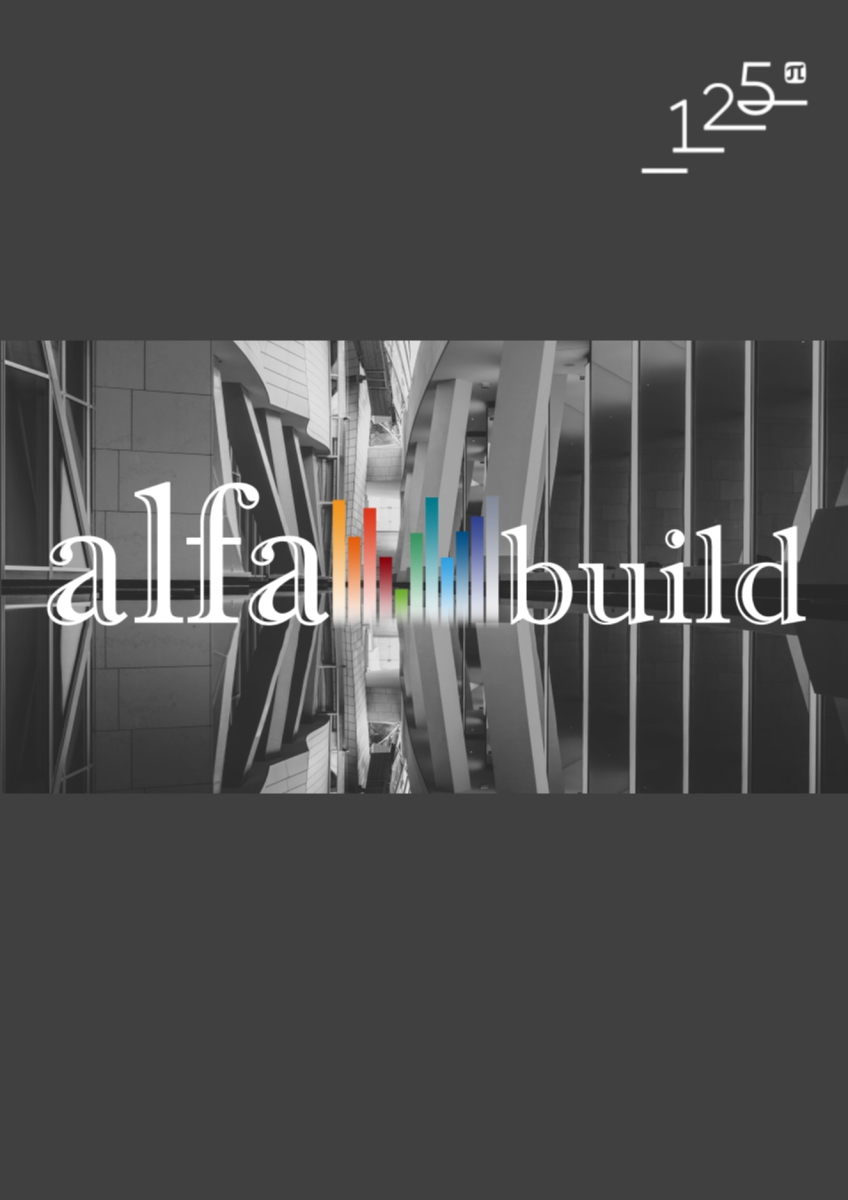Artificial Materials in Seepage-Control Structures of Embankment Dams: A Review
Introduction. The urgent task of hydraulic engineering as a science is to search for more sophisticated, effective, and safe structures of embankment dams. Wide possibilities in this are presented by the use of artificial materials and structures made of them. To estimate the perspectives of their use, a historical survey was carried out on experience gained in the construction and operation of embankment dams with seepage-control structures (SCS) made of artificial materials. Materials and methods. For the survey the different sources, both modern and those of the past years, were used. There were analyzed SCS which were used in bodies and foundations of embankment dams since the start of the XX-th century. Results. The historical survey showed that over the last 50-70 years significant progress took place in the development of SCS made of artificial materials. First of all, there were used the new types of SCS made of new materials: asphalt-concrete and geosynthetics. Secondly, the new methodologies have been introduced in the construction practice by arranging SCS made of materials based on cement in dam foundations. The experience showed that these methodologies were also used for arranging SCS in dam bodies. Conclusions. In the future, there may be expected further extension in the scope of using artificial materials for the construction of embankment dam SCS. At that, the leading role among artificial materials is played by the materials based on cement (concrete, clay-cement concrete, soil-cement mixes, etc.). At the construction of ultra-high dams, these materials do not have any alternatives. Nevertheless, the most perspective way in improving structural designs of embankment dams SCS is a combination of different artificial materials (cement-containing and other materials), as well as the use of combined SCS.



